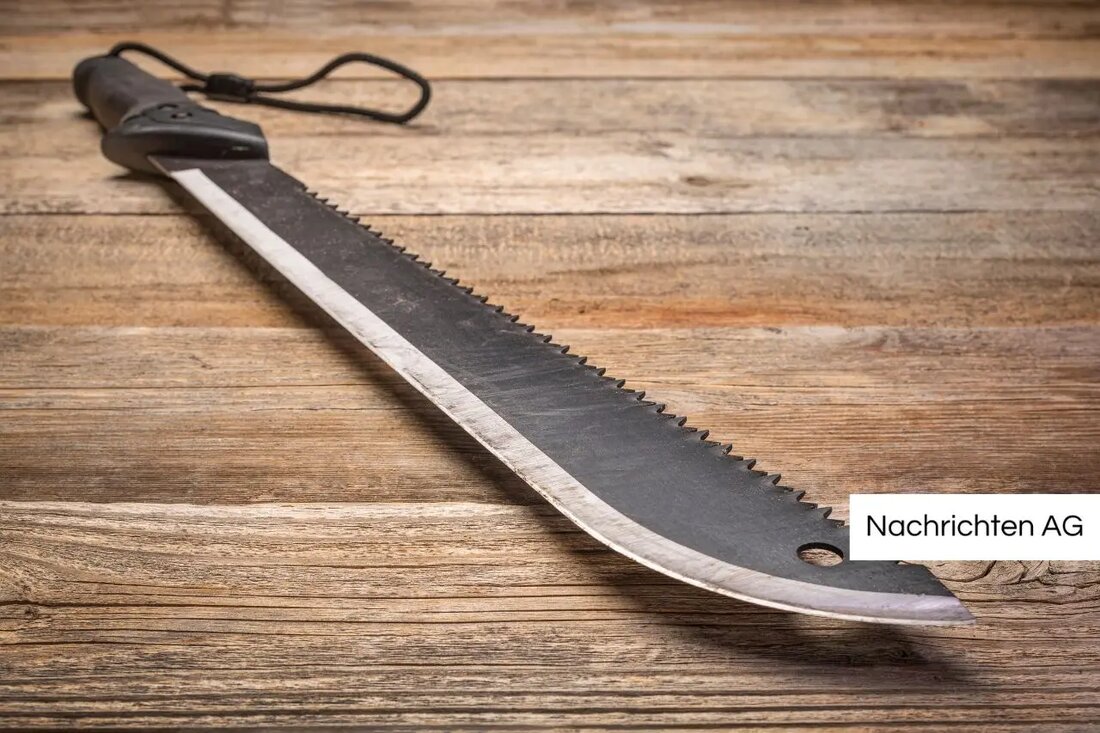Medieval market in Wülfrath: taste test for tarte flambee and more!
Medieval market in Wülfrath: taste test for tarte flambee and more!
On February 2, 2025, the first Wülfrather Middle Ages market took place, in which a lively picture of the historical eating culture and the market atmosphere of the Middle Ages were created. The journalist Jens Räthel examined the dishes and were while Gaukler Tamino delighted the market people with samples. Räthel was particularly interested in whether the dishes offered were edible.
A lady in a yellow coat tried a piece of flatbread while a doctoral who acted as a "pre -tasted", examined it for any health risks. After an in -depth examination, he found that the lady showed no sign of poisoning and the tarte flambee could therefore be released for consumption. This illustrates the great importance of food safety, which also played a role in the Middle Ages.
historical insights into the food culture
The eating culture in the Middle Ages, which extended over a period from 5th to the end of the 15th century, was strongly shaped by regional differences and social norms. Technical improvements, such as in agriculture and trade, led to a more diverse food supply, whereas famous and deficiency symptoms were frequent companions of medieval life. The plague, which was rampant and regional population losses of up to 30 % from the middle of the 14th century, also led to a conversion of farmland into pasture and thus to an increase in meat consumption.
grain porridge and grows were the staple food, while bread was even consumed in the 13th century by poorer layers. The most important meat suppliers were domestic pigs and householders. Wild meat played a comparatively low role, and fish such as dried cod and salted herring were widespread from the 10th century.
of table customs and hierarchies
The social differences in eating behavior were clearly recognizable. Initially, the differentiation was based primarily on the amount of dishes consumed, later also on the respective eating habits. Especially the nobility and the clergy had significantly different eating habits than urban and rural population. French and Germans often consumed their dishes according to strict hierarchical rules that determined the behavior during meals.
Community cooking and eating was a widespread practice in the Middle Ages. Women were often excluded from banquets in the early Middle Ages, which only changed later. The dishes were mostly prepared in large quantities, and the table customs were strongly geared towards social positions and conventions. The use of dishes was different, while knives and spoons were widespread, the fork was only used occasionally.
Overall, the Wülfrather Medieval Market impressively shows how diverse and multifaceted the eating culture of the Middle Ages was. The events not only offer an insight into the culinary traditions of the time, but also show how much food technology and social aspects influenced nutrition and the preparation of food. The market, combined with the historical background, gives the eating culture of the Middle Ages alive and brings visitors closer to the traditions and lifestyle of our ancestors.
The importance of the market extends beyond culinary experiences and promotes awareness of the challenges and achievements in the history of eating culture, as partly in the comprehensive analyzes on wikipedia and WZ
| Details | |
|---|---|
| Quellen | |


Kommentare (0)